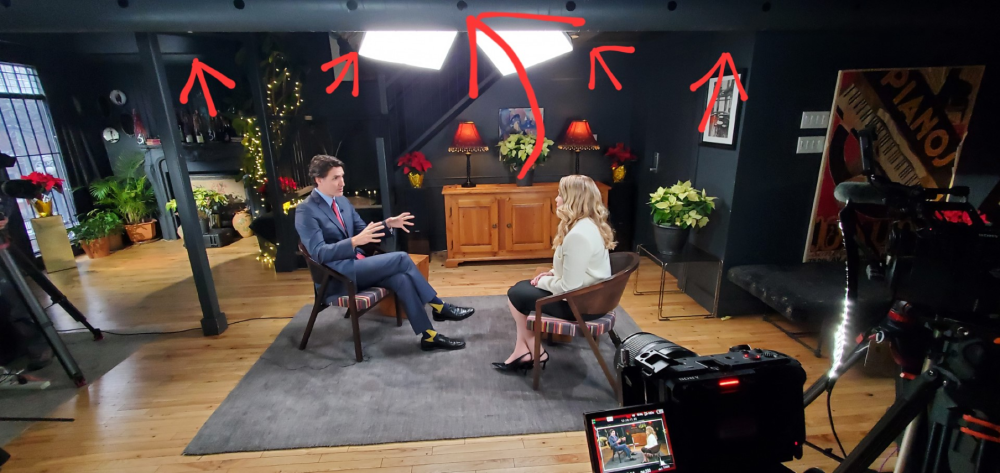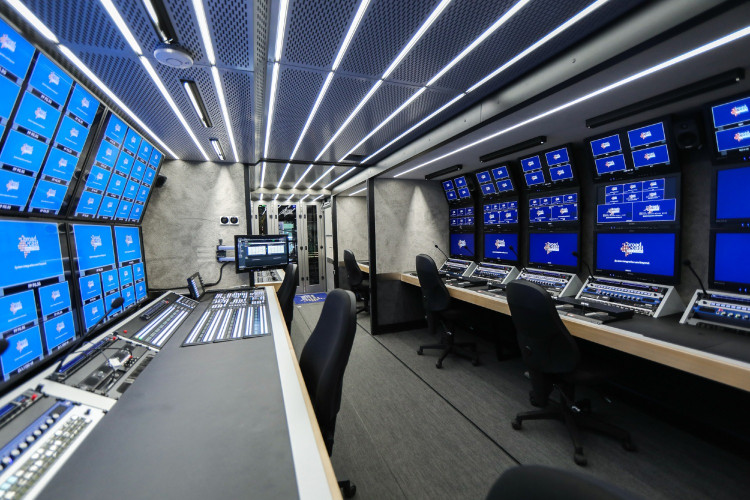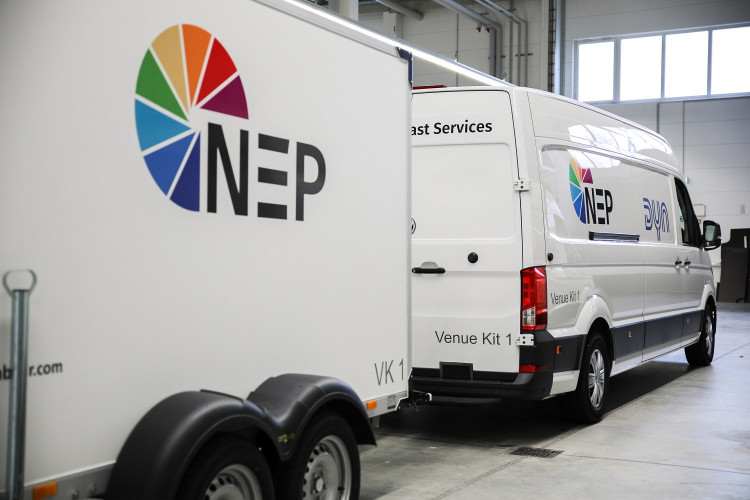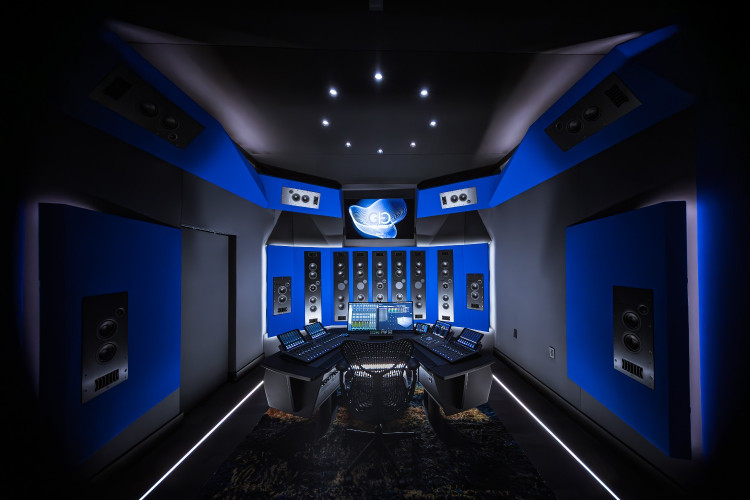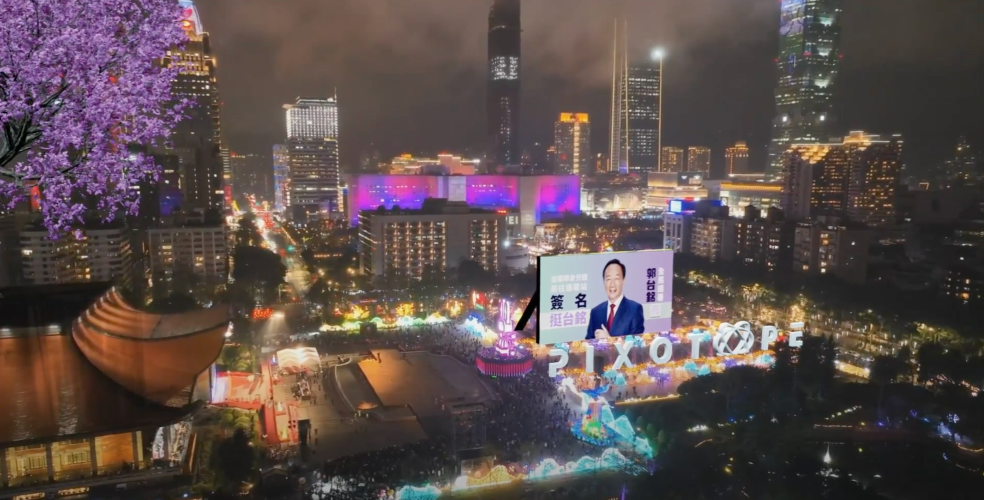Advanced Hybrid Optical Cable and Connectors

Author: Will Strauss#
Published 1st May 2012
The march of technological advances in fiber optic cable, along with a new generation of plug-and-play connectors, is allowing camera operators and Outside Broadcast (OB) van engineers the luxury of easy and reliable deployment of remote production equipment. Studio Technologies is dedicated to delivering carefully engineered equipment solutions into the hands of broadcast professionals from the network facility engineer to the single camera operator. Contemporary hybrid fiber optic cabling, which offers two fibers conjoined with copper conductors, allows both data and power to be delivered to broadcast equipment. This tactical-grade fiber, along with Neutrik opticalCON DUO connectors, has been incorporated into the design of the Live-Link Jr. camera extender system, our newest offering for outside broadcast applications. Many capabilities that used to be only the domain of the larger network OB trucks, with their attendant army of engineers and operators, can now be had by the smaller, single camera situations. The result is that “network quality” results can be achieved when covering a wide variety of regional and local events.
While fiber optic cable has been a critical part of the telecommunications industry since the 1970s, the broadcast industry at large didn’t start adopting it in earnest until the mid 1990s. This was, in part, because of the extra layer of technical expertise needed to install and operate a fiber optic-based system. Today, fiber connectors are routinely found on all types of broadcast equipment and fiber optic cable systems are now extensively deployed in studios and outdoor venues such as stadiums and concert facilities. Because of advances over the last several years, including the innovative Neutrik opticalCON family of connectors, deploying reliable fiber optic links are now possible for virtually all applications. In the case of Live-Link Jr., a non-technical production person can easily deploy a system in just minutes. Even when the fiber interconnect length is in exceed of 300 meters connecting fiber and power signals is as simple as running the hybrid fiber/copper cable assembly and plugging it into the system. Required field maintenance is minimal and, when required, can be performed with a limited amount of training.
The Live-Link Jr. camera extender system takes full advantage of this data/power capability allowing the single camera operator to enjoy a host of integrated features. The main advantage of using the hybrid fiber and copper tactical cable is to directly power Live-Link Jr.’s camera end unit. This makes the system completely self contained and, because power is not drawn from a battery, extended operating time is possible. With high speed digital data running through the fiber portion of the hybrid cable, Live-Link Jr. can offer a two-way path supporting SD-SDI, HD-SDI and 3G-SDI video signals.
Transporting audio and support signals is made possible by embedding data into the SDI data stream. These resources include both on-air and cue audio, Interruptible Foldback (IFB) for one-way communication from production personnel to on-air talent, and an integrated end-to-end party-line intercom system. In addition, support is provided for interfacing with 4-wire intercom systems. This allows Live-Link Jr. to quickly become part of a larger, local or geographically diverse, intercom system.
In this day and age where everyone is expected to capture in high definition, to do things fast and to do things without a lot of extra personnel, the Live-Link Jr. camera extender system allows for the rapid deployment of a high quality set of resources that extends the reach of the OB van to the camera operator quickly and reliably.










